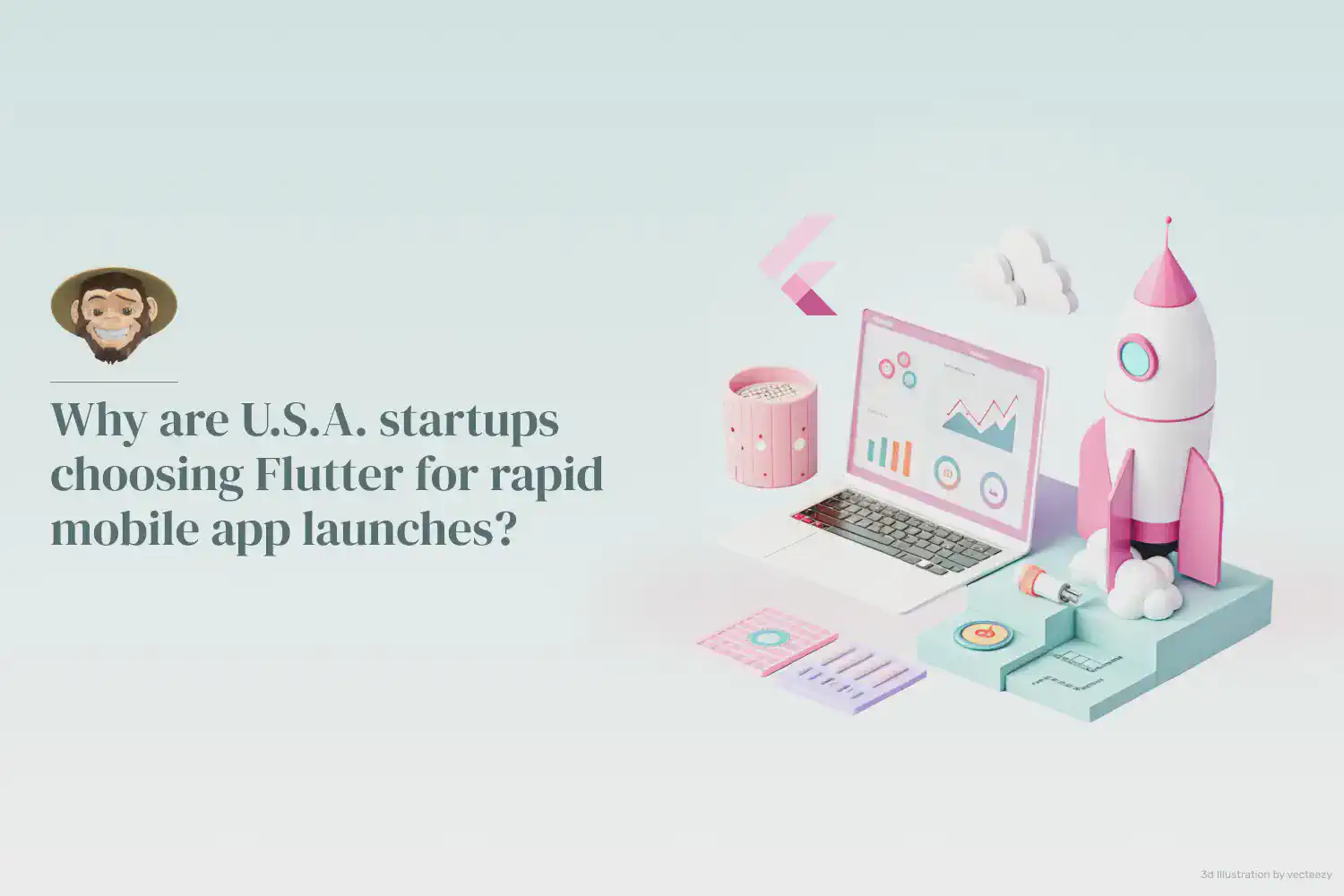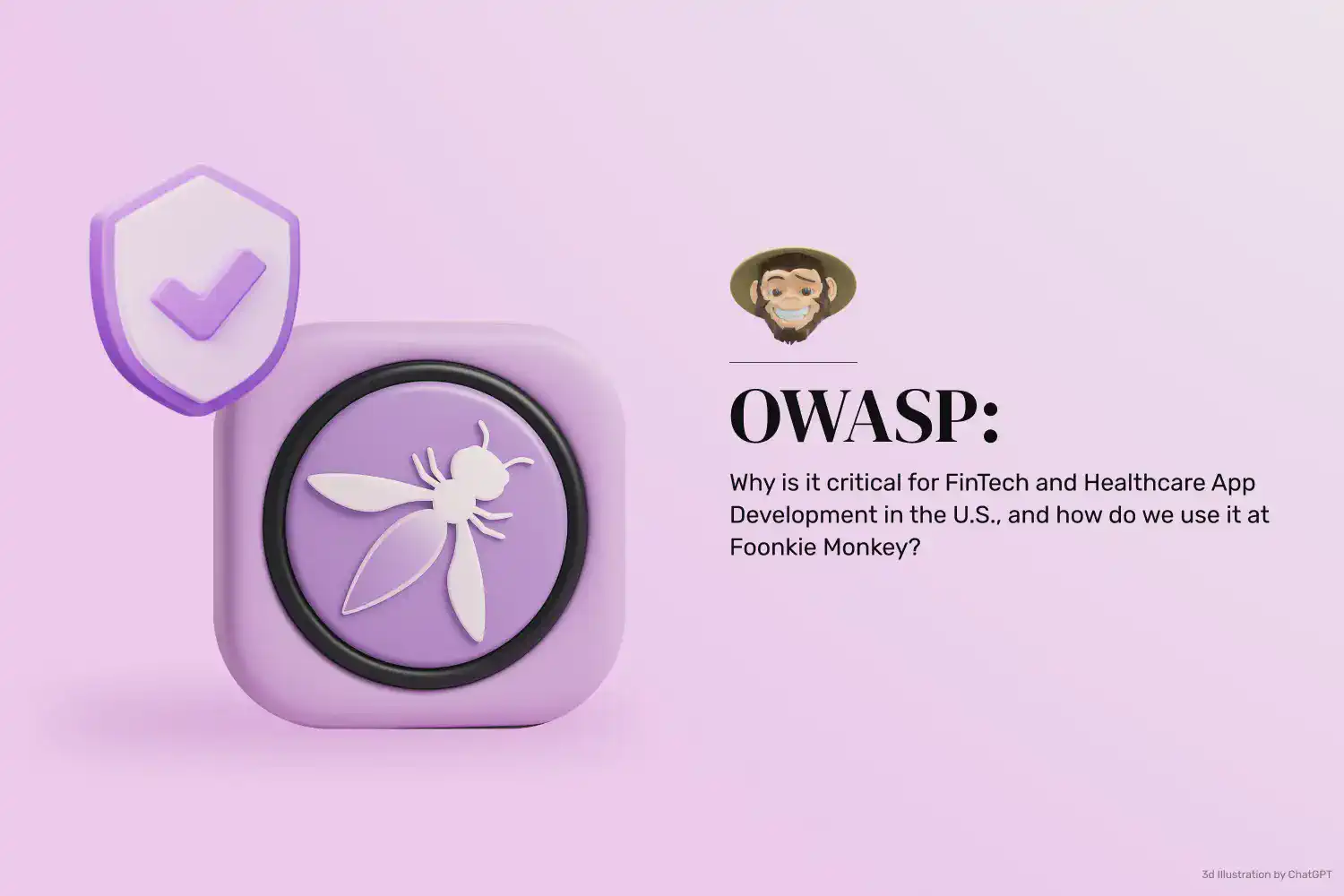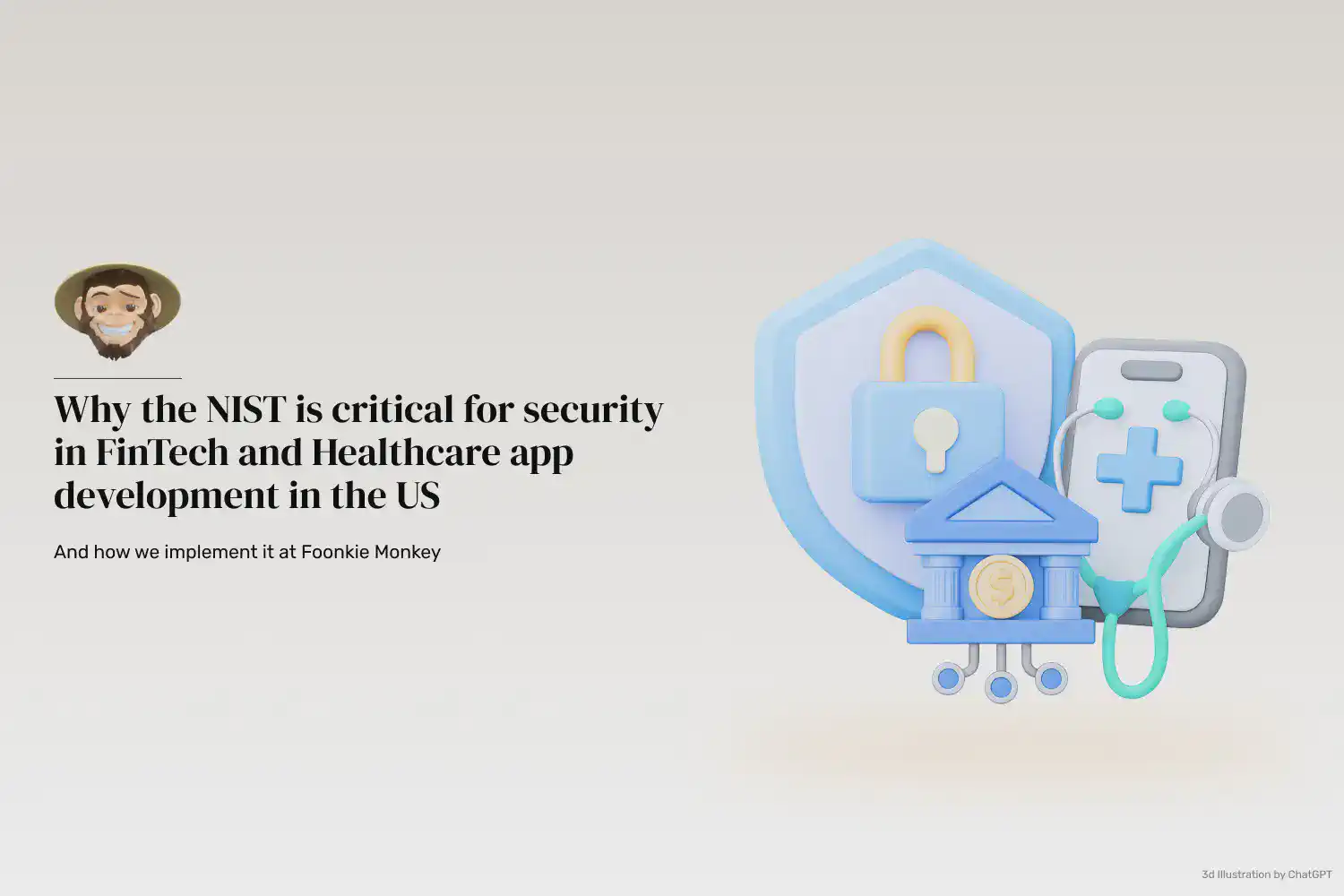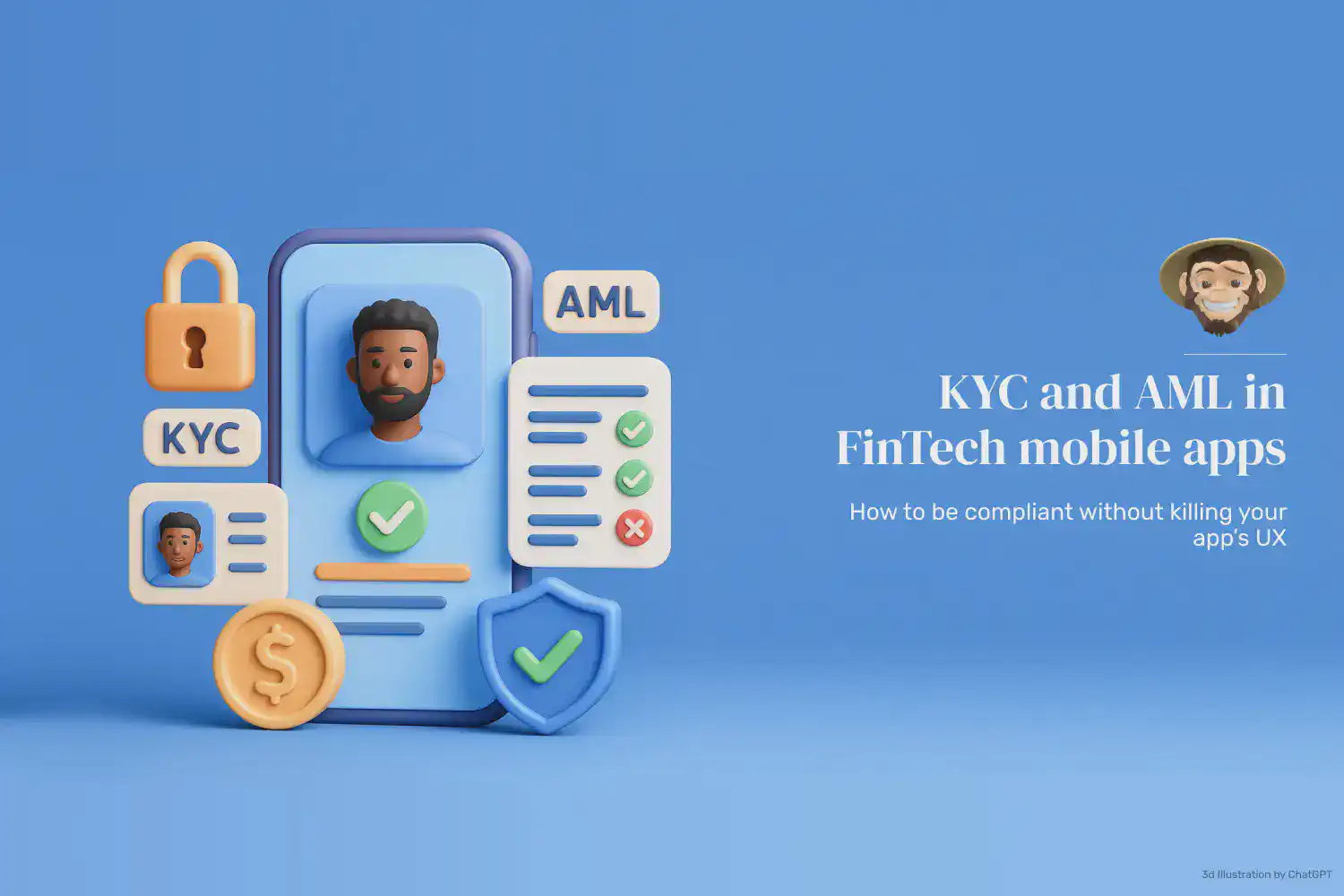In the competitive U.S. startup ecosystem, founders and app developers are under constant pressure to launch MVPs quickly, attract early adopters, and iterate fast, without compromising on quality.
The mobile app development process for modern MVPs and IT-based products has changed dramatically in the U.S due to the startup ecosystem becoming highly dynamic and ever-changing. Now, the window of opportunity for capturing market share is shrinking, and speed-to-market is not just an advantage but a deciding factor between becoming a dominant player or fading into obscurity. This phenomenon puts startup owners, mobile app developers, investors, and stakeholders under intense pressure to accelerate processes and deliver a minimum viable product (MVP) that is functional, appealing, and scalable, while leaving room for rapid iterations based on user feedback. However, balancing development speed with quality can mean cutting corners on user experience or performance, which can severely damage a mobile product and stop it from gaining traction. This is where Flutter enters the picture.
Flutter isn’t just a rapid app development tool; it’s a robust and innovative strategic platform for startups aiming to move fast, stay lean, and ship products that U.S.-based users trust. In this article, we’re going to explain why Flutter is becoming the default choice for many startups and app developers in the U.S. and why it is critical for rapid MVP development.
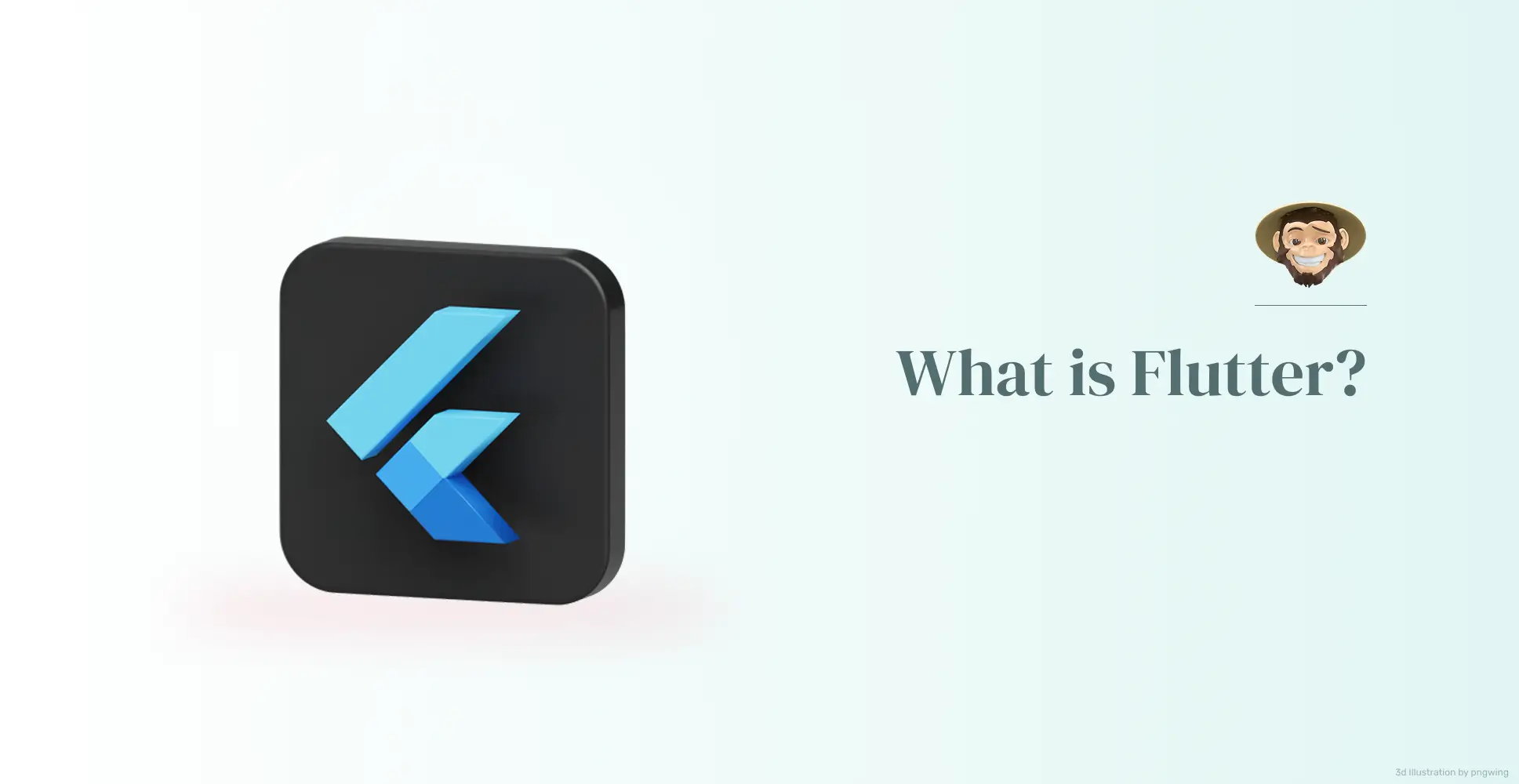
What is Flutter?
Flutter, an open-source UI software development kit (SDK) from Google, is a powerful tool for mobile app developers. It allows the creation of cross-platform applications from a single codebase, eliminating the need for separate iOS and Android code. This unique capability not only ensures fully native-quality apps that are feature-rich, visually appealing, and high-performing, but also enables quick launches without sacrificing quality. As a result, Flutter has become the go-to solution for app developers and startup founders who need to launch quickly without compromising on the performance or user experience of their products.
Flutter, powered by the Dart programming language and the Skia rendering engine, is a versatile tool for mobile app developers. It allows for pixel-perfect UI rendering, smooth animations, and consistent user experiences across all devices. Its rich library of customizable widgets, aligned with both Google’s Material Design and Apple’s Cupertino Design guidelines, not only ensures aesthetically sound mobile applications but also maintains their flexibility to scale and adapt as their user base grows. This scalability is a key reason why Flutter is a popular choice among developers.

Why are U.S.A.-based mobile app developers and startups choosing Flutter?
1. One codebase for multiple platforms
Traditionally, building separate native apps for iOS and Android meant twice the development time, cost, and complexity. Flutter changes the game by allowing mobile app developers to write code once and deploy across both platforms using the same code, while maintaining a seamless user experience and without sacrificing performance. For U.S. app developers and startups operating on lean budgets and tight timelines, Flutter helps lower development costs without compromising performance or user experience. It enables faster iteration cycles and reduces team complexity, allowing one cross-functional team to manage the entire app lifecycle, all while ensuring a consistent and reassuring user experience.
2. Native-quality performance
Historically, most cross-platform frameworks have struggled to match the performance of native apps, often leading to laggy interfaces, choppy animations, and inconsistent UI elements. Flutter overcomes these challenges by leveraging the Skia graphics engine, which renders every pixel directly to the screen. This approach delivers buttery-smooth animations, precise UI control, and consistent performance across all devices and screen sizes. The result is mobile apps with sub-second load times that boost user retention, reduce abandonment rates, and maintain strict adherence to brand guidelines and regulatory UI/UX standards.
3. Enhanced developer productivity
Flutter is designed to drastically shorten development cycles and streamline collaboration, allowing development teams to move from concept to launch faster than ever before. One of Flutter’s features designed to accomplish this is Hot Reload, which enables app developers to instantly view code changes in the running app without losing the current application state. As a result, developers have access to quicker bug fixes, faster testing, and more efficient iteration during MVP development. Moreover, for U.S. startups with small, agile teams, these productivity gains mean reduced time-to-market, lower development costs, simplified onboarding for new developers, and a much more rapid response to user feedback, enabling continuous improvement post-launch.
4. Rapid MVP launching
In the current highly competitive U.S.A. startup ecosystem, time is the most valuable currency. Flutter’s hot reload feature, with its lightning speed, dramatically reduces iteration cycles, enabling product teams to move from concept to working prototype in days instead of weeks. Furthermore, app developers can leverage Flutter to launch a functional version quickly to test real-world demand, gather insights from beta users to refine features before investing heavily, and adjust functionality or design instantly in response to user behavior or market shifts. Unlike other cross-platform frameworks, Flutter’s unified codebase ensures that iterations are applied across both iOS and Android simultaneously, which eliminates version drift and cuts MVP development time and costs.
5. Enhanced scalability
Flutter, as we’ve seen, is not just about launching MVPs quickly. Its architecture, designed for modular codebases, empowers developers to seamlessly add new features without disrupting existing functionality. The hot reload feature further accelerates development cycles, not just in the early stages, but throughout the product’s entire lifecycle. This promotes a Lower Total Cost of Ownership (TCO) by reducing code maintenance, which in turn means fewer bugs, smaller teams, and reduced ongoing costs. This financially savvy approach ensures that updates and new features go live simultaneously across all platforms. And, Flutter’s compatibility with third-party APIs, backend systems, and emerging tech like AI and blockchain further enhances its capabilities.
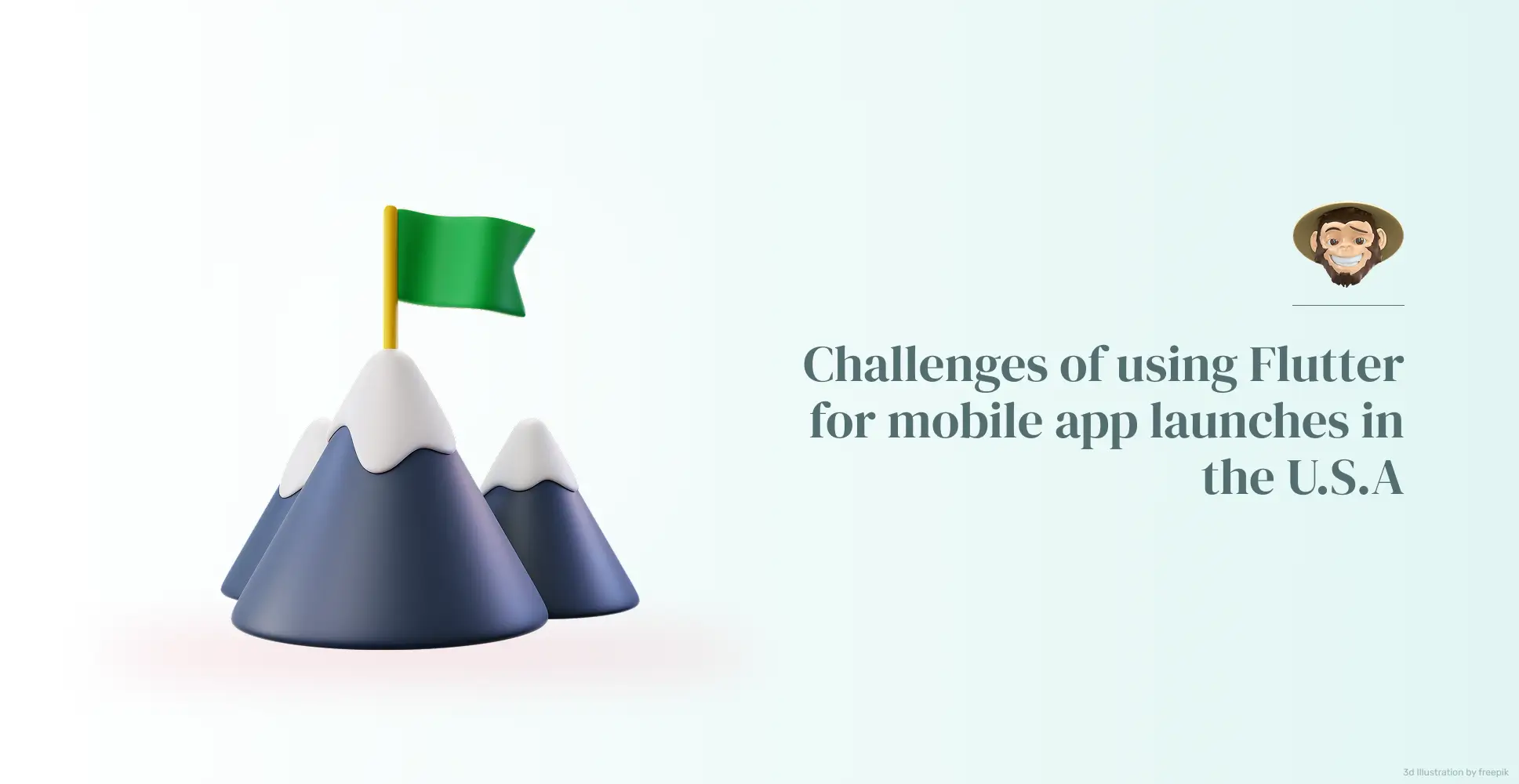
Challenges of using Flutter for mobile app launches in the U.S.A
While Flutter delivers clear advantages in scalability, speed, and flexibility, it’s not without its challenges, particularly for U.S. startups and app developers in highly regulated sectors like fintech and healthcare. Some key considerations include:
- Larger app sizes compared to specific native builds, which can impact users on slower networks or with limited storage.
- Limited third-party library or SDK availability for highly specialized needs, often requiring additional custom native development.
- Complex hardware integrations, such as advanced biometrics or medical device connectivity, which may demand extra effort to bridge Flutter with native modules.
Recognizing these limitations early enables founders to make informed decisions, allocate resources strategically, and prevent costly pivots later in the product lifecycle.
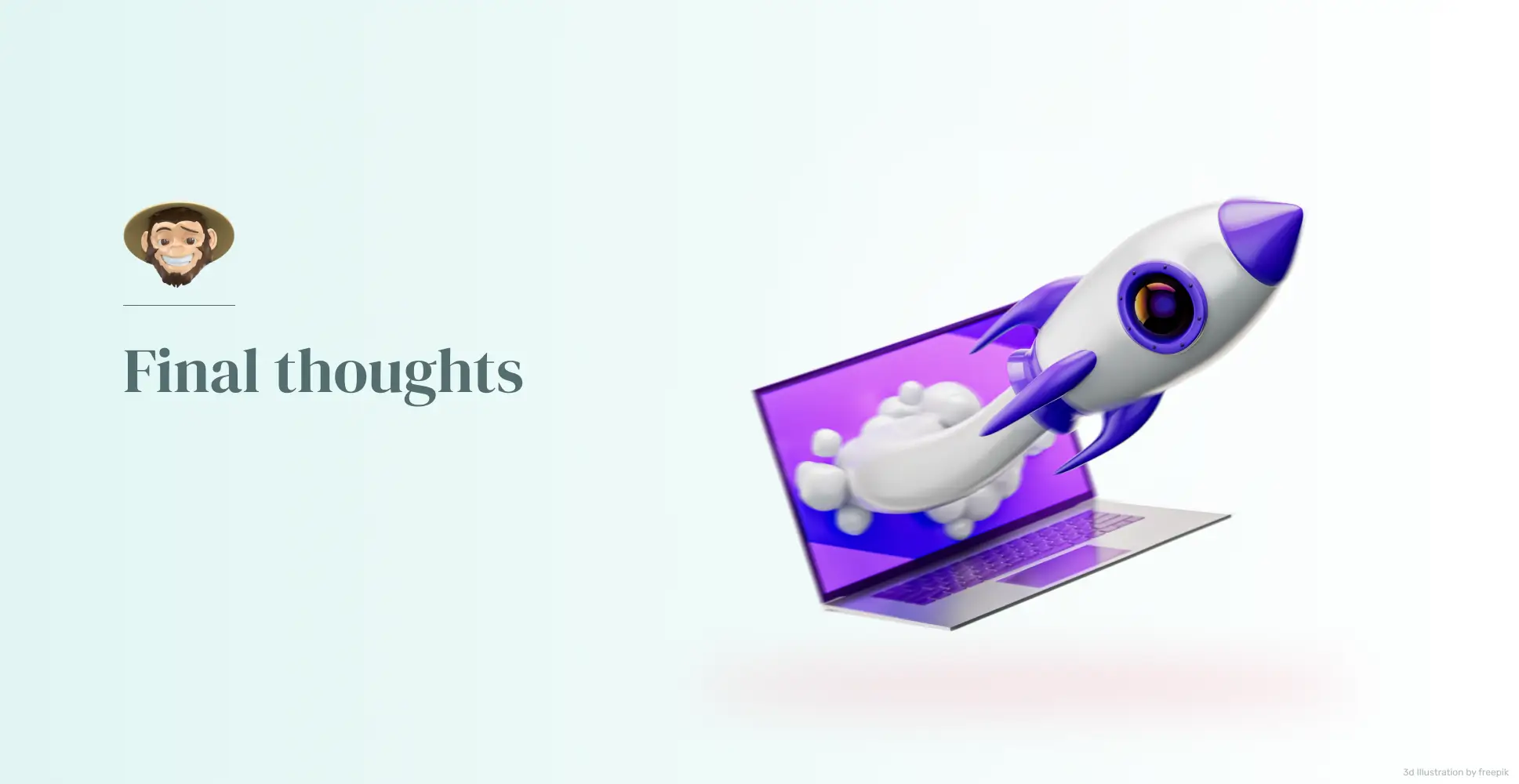
Final thoughts
Flutter delivers a highly valuable trifecta of speed, quality, and scalability, enabling app developers and startup founders to transition from concept to launch in record time without sacrificing performance or user experience. Unlike other cross-platform frameworks, Flutter provides a single, high-performance codebase that works flawlessly across iOS and Android. Flutter’s robust architecture and native-like performance make it a safe and strategic choice for U.S.-based startups, which is why they are increasingly choosing it to accelerate launches, lower development costs, ensure regulatory compliance, and deliver premium digital experiences from day one.
If you’re a startup looking to build or scale a mobile app, we at Foonkie Monkey are ready to help you move faster, scale smarter, and stand out in a crowded market. Let’s talk about how we can design, develop, and deploy a product that meets your growth goals quickly, securely, and without compromise.


